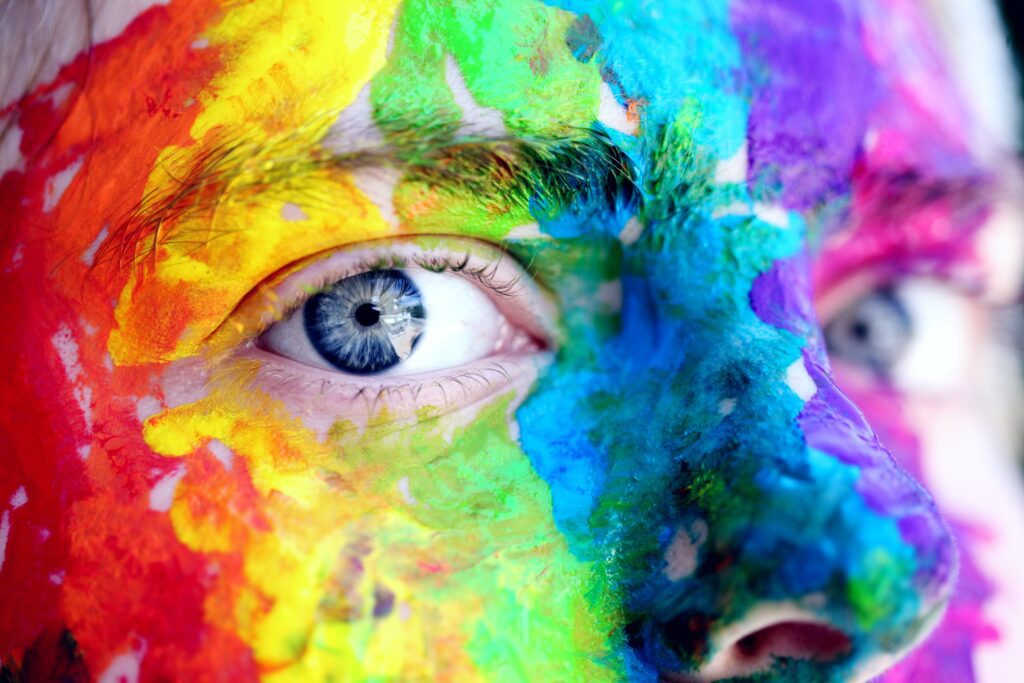
Different colours can have different effects on people’s moods, and the way a colour affects a person can depend on their individual experiences and cultural associations with that colour. Here are a few general observations about how different colours can affect mood:
Red: Red is often associated with strong emotions such as passion, love, and anger. It can be stimulating and energizing, and may increase heart rate and blood pressure. It can also be associated with danger, and may increase feelings of anxiety or aggression.
Orange: Orange is often associated with warmth and happiness, and can be energizing and uplifting. It can also promote feelings of creativity and enthusiasm. It can also be associated with caution, and may increase feelings of anxiety or caution.
Yellow: Yellow is often associated with happiness and cheer, and can be uplifting and energizing. It can also promote feelings of clarity and focus. It can also be associated with caution, and may increase feelings of anxiety or caution.
Green: Green is often associated with nature and growth, and can promote feelings of calm and balance. It can also be soothing and relaxing. It can also be associated with envy, and may increase feelings of jealousy or resentment.
Blue: Blue is often associated with calm and tranquillity, and can promote feelings of peace and relaxation. It can also be cool and refreshing. It can also be associated with sadness, and may increase feelings of depression or loneliness.
Purple: Purple is often associated with royalty and luxury, and can promote feelings of creativity and spirituality. It can also be calming and relaxing. It can also be associated with mystery and spirituality, and may increase feelings of mystery or intrigue.
Grey and beige are neutral colors that can have a calming and grounding effect. Grey is often associated with sophistication and elegance, and can add a sense of calm and sophistication to a space. Beige is often associated with neutrality and stability, and can add a sense of calm and relaxation to a space.
Grey and beige can work well as a base colour in a room, and can be paired with pops of colour to add interest and personality. These colours can also be used to create a cohesive look in a room by using them in different shades and textures.
It’s worth noting that different shades of grey and beige can have slightly different effects on mood. For example, a light grey may feel more airy and fresh, while a dark grey may feel more moody and sophisticated. Similarly, a pale beige may feel more calming and neutral, while a deep beige may feel more rich and warm. Ultimately, the most important thing is to choose a shade of grey or beige that you love and that makes you feel comfortable and happy in your space.
It’s important to keep in mind that these are general observations, and different people may have different associations with and reactions to different colours. It’s also worth noting that the effect of a colour can depend on the context in which it is used, as well as the individual’s personal experiences and cultural associations with that colour. Ultimately, the most important thing is to choose colours that make you feel comfortable and happy in your space.
LGC Decorators Ltd – Painters and decorators in London
